In our endeavor to cater to our feline friends’ needs, we frequently come across questions related to their supplies and wellbeing. One question that often pops up is “Does cat litter expire?”
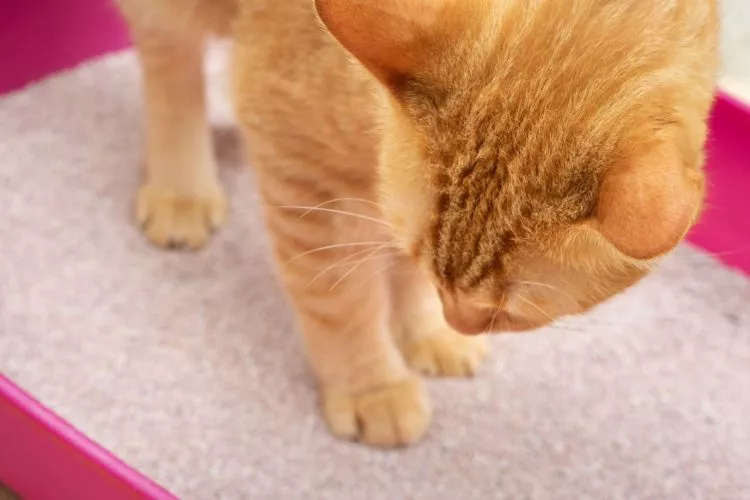
For individuals new to cat ownership or even seasoned cat parents, it may seem intriguing. After all, why would something non-consumable like the cat litter come with an expiry date?
This article delves into this question, looking at whether cat litter has a shelf life, what can affect its efficacy and potential signs of spoiled cat litter. Equipped with this information, you’ll be better prepared to ensure a healthy, hygienic environment for your furry companion.
🐾 Does cat litter expire?
While cat litter itself does not technically expire, the effectiveness of cat litter can decrease over time. Cat litter is designed to absorb odors and liquids, and the litter’s clumping properties allow it to trap waste.
However, after several months of use, the litter begins to break down and may not absorb as well. Used litter also accumulates odors that are difficult to remove.
Most experts recommend changing cat litter every 4-6 weeks to keep odors under control and ensure optimal performance. Signs it’s time for a change include strong smells that won’t go away, litter clumping less effectively or not at all, and waste not being absorbed properly.
For maximum freshness and effectiveness, it’s best to replace cat litter before it reaches the end of its absorption lifespan. Frequent changes help keep litter boxes clean and odor-free for cats.
🐾 How can you tell if litter is bad?
Here is a guide to help you identify whether your cat litter has gone bad:
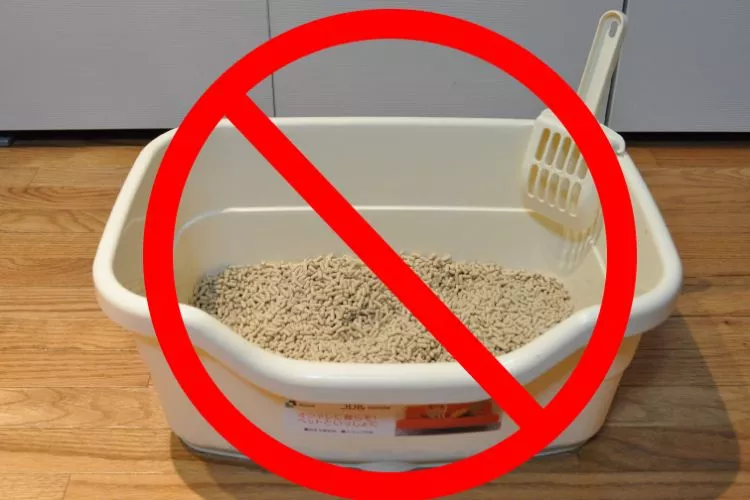
- Check the Texture: If the litter turns into a hardened or caked texture, it could be a sign that your litter has gone bad. The texture of the litter should be easy to scoop or clean.
- Smell: A litter’s effectiveness is lost when it is no longer able to mask or eliminate odors. If your cat litter isn’t controlling odor as it used to, it might have gone bad.
- Color Change: If the color of the litter changes drastically, consider it a red flag. This could be a sign of bacteria, mold, or other harmful substances.
- Observe Your Cat’s Behavior: Cats often refuse to use a litter box if the litter has gone bad. If your cat is avoiding the litter box, the litter could be the problem.
- Manufacturing Date: Though most litters don’t have explicit expiration dates, a long time after the manufacturing date can cause decreases in effectiveness.
When in doubt, always replace your cat litter with a fresh batch to ensure optimal hygiene for your pets.
🐾 What kind of litter lasts the longest?
Here’s a guide to help you understand the types of cat litter that tend to last the longest:
- Clumping Clay Litter: This type of litter is both very popular and very durable, because the clumps formed by urine make it easy to scoop out and replace only what’s necessary, leaving the rest of the unused litter fresh.
- Silica Gel Litter: Silica gel or crystal litter is made from tiny, absorbent granules that can last for nearly a month before they need to be replaced, making it the longest lasting option. However, once it has reached its absorption limit it stops controlling odors, signalling it’s time for a change.
- Biodegradable Litter: Some biodegradable litters, made from materials like corn or wheat, can last a long time without needing to be changed because they’re highly absorbent and good at preventing odors. The high-quality variants of these litters typically last longer.
Remember that the longevity of cat litter can also be influenced by factors including how many cats are using the litter box, their diet and health, and individual urination and defecation habits. Even the longest-lasting litter types may not last as long if a cat is frequently using the litter box.
You may also find useful: Can You Use Rice As Cat Litter?
🐾 How do you extend the life of cat litter?
Extending the life of your cat litter not only saves you money, but time and effort as well. Here are some in-depth tips on how to do so:
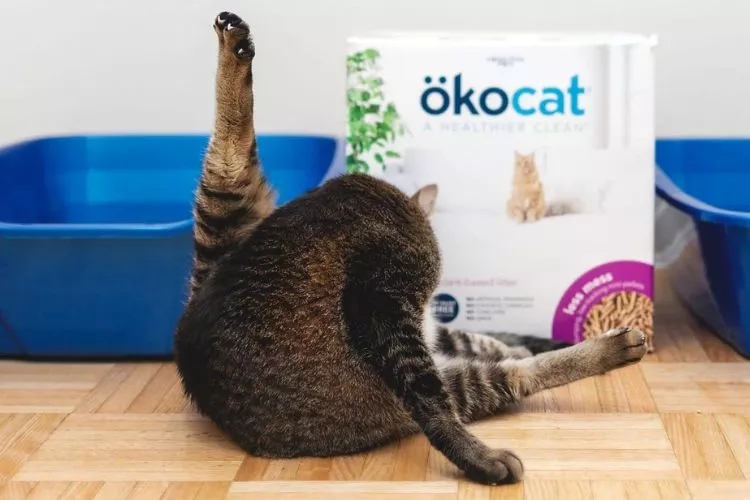
- Regular Scooping: Keep up with daily cleaning, remove waste as soon as you see it. This prevents it from sticking to the litter, extending its lifespan.
- Deep Cleaning: Every week or two, dispose of the remaining litter, wash the box with mild soap and warm water, dry it and refill with fresh litter. This prevents odor buildup and bacteria growth.
- Provide Multiple Litter Boxes: If you have multiple cats, provide more litter boxes – ideally one per cat, plus one extra. This spreads the usage between boxes, reducing saturation and making litter last longer.
- Top-Up Regularly: Instead of throwing out all the litter, just remove clumps and solid waste, then top-up with fresh litter. Don’t overfill; about 2-3 inches depth of litter is typically enough.
- Store Properly: Litter should be stored in a cool, dry place to prevent any breakdown or clumping from premature moisture exposure.
- Feed Quality Food: Food greatly affects your cat’s waste. High quality food generates lesser waste and makes your litter last longer.
Remember, even with these measures, litter should be replaced regularly. If the box consistently smells, despite the cleaning, it’s time to replace the litter.
🐾 How do you make homemade cat litter?
There are various methods to make homemade cat litter. I’ll describe a simple method using newspaper and baking soda. Here’s the step-by-step guide:
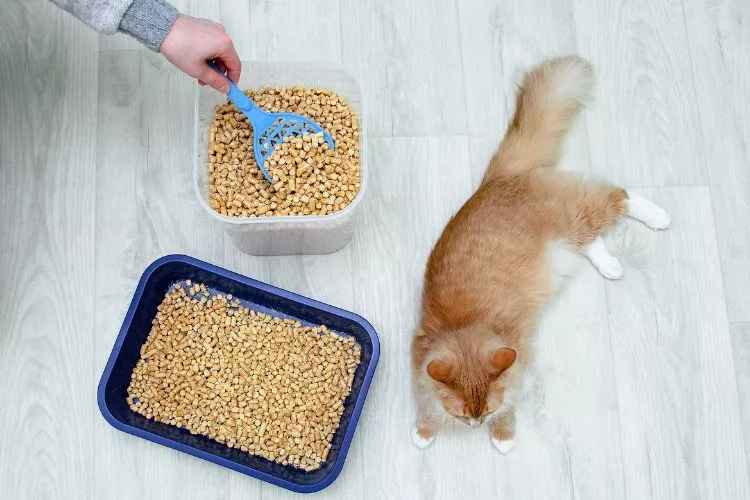
Materials Needed
- Old newspapers
- Bucket
- Warm water
- Dish soap
- Baking soda
- A large container or bin for storage
Procedure
- Shred the Newspaper: Take several pages of old newspaper and tear them into thin strips. Shred enough strips to fill your cat’s litter box.
- Soak the Newspaper: Place the shredded newspaper into a bucket. Pour warm water over the paper until it’s completely soaked. Add a small amount of dish soap, and mix the contents gently until it forms a pulp-like substance.
- Drain the Mixture: After soaking, drain the water-soap mixture thoroughly.
- Repeat Soak with Baking Soda: Pour warm water again, this time adding a generous amount of baking soda (1-2 cups). This will help with odor control. Mix until baking soda is evenly distributed, then allow it to soak for another hour.
- Drain and Dry: Drain the water-baking soda solution then spread out the wet paper on a flat, dry surface. Allow it to dry completely under sunlight or in a breezy spot. It should resemble pellet-like or crumbled shapes.
- Store: Once dry, store your homemade litter in a container with a tight seal. Fill your cat’s litter box to a suitable depth (about 2 inches).
Remember that transitioning from store-bought litter to homemade litter may take time for a cat. Start mixing the new litter with the old, slowly increasing the homemade litter ratio.
Also keep in mind, homemade newspaper litter doesn’t clump like clay litters. You’ll need to change the litter frequently (every couple of days) to maintain cleanliness and odor control.
🐾 frequently asked questions (FAQs)
No, World’s Best cat litter does not expire. However, it’s essential to store it in a cool, dry place to maintain its efficiency. Over time, exposure to moisture or humidity might degrade its quality. Despite having no formal expiry date, it’s best to use within two years of the manufacturing date for optimal freshness and odor-controlling properties.
The duration of 10 litres of cat litter will depend on usage and the number of cats. For a single cat, 10 litres typically lasts between 3-4 weeks. This presumes you’re scooping out waste daily and topping up as required. For households with more than one cat, you will likely need to replace the litter more often, and the 10 litres may only last 1-2 weeks.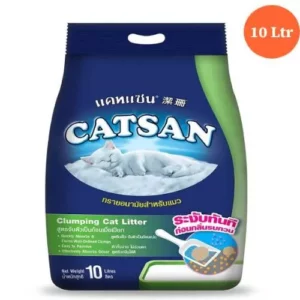
Preserving cat litter involves routine care and proper storage. Scoop out clumped litter and feces daily to maintain cleanliness. Each week, or biweekly, wash the box and refill with fresh litter. Do not overfill; maintain about 2-3 inches of litter in the box. Store unused cat litter in a cool, dry place, away from humidity or direct sunlight, in an airtight container if possible. These strategies will help extend the life and efficiency of your cat litter.
Conclusion:
Cat litter does not inherently expire as it lacks organic components that deteriorate over time. Although it comes with a ‘best-by’ date, it’s essentially for optimally fresh and effective usage, not an expiration.
However, its efficacy may decline over prolonged periods due to moisture absorption and bacterial growth, especially if improperly stored.
Therefore, while you can technically use old litter, it’s recommended to adhere to the manufacturer’s guidelines and ensure your cat’s hygienic environment for the health and comfort of both you and your pet.
